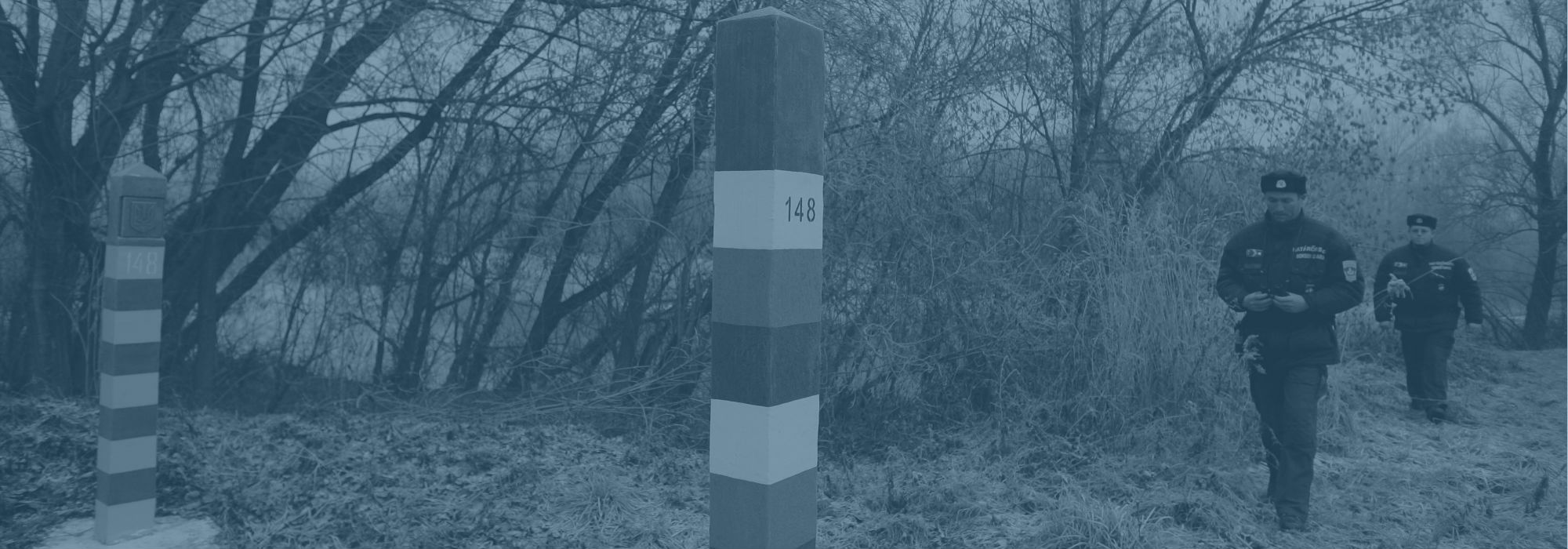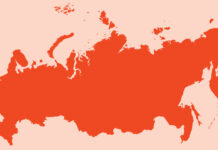By Lili Bayer
When I travel to Ukraine from Central Europe, my phone automatically changes time zones right when I cross the border. But when I arrived in Berehove, a town of 24,000 in western Ukraine, my watch did not match the town’s clocks. Berehove, known in Hungarian as Beregszász, is perhaps the only town in Ukraine where the majority of locals do not use Kiev time, but rather European time matching that of Budapest, Prague and Paris. Even in Mukacheve, merely 33 kilometers (20.5 miles) away, the clock tower in the town’s medieval fortress shows Kiev time.
The locals’ insistence on using European time in their town is the result of a complex geopolitical legacy. Berehove is a town in Ukraine’s westernmost region, Zakarpattia. Zakarpattia is a mountainous, mineral-rich area that today borders Romania, Hungary, Poland and Slovakia. For Ukrainians living in other regions, Zakarpattia is considered a sought-after destination. With Crimea under Russian control, Ukrainian tourists come to spend their vacations in western towns like Berehove. Visitors to the town 100 years ago, however, would find themselves in the eastern reaches of the Austro-Hungarian Empire, where a mixture of Ruthenian, Yiddish, German and Hungarian could be heard throughout the main streets.
After 1919, the region became part of the newly formed Czechoslovakia. In 1938, Hungarians took control of the region once more, and following World War II, it became part of the Soviet Union. Finally, in 1991, Zakarpattia became part of an independent Ukraine. Today, official business is mostly conducted in Ukrainian and Hungarian is the predominant language heard in the streets, while parents have a choice of sending their children to Ukrainian, Russian or Hungarian-language schools.
Berehove, therefore, is a quintessential part of the borderlands between Russia and Europe, with different ethnic, linguistic and religious groups living side by side as empires and nation-states wrestling for control over the area. But it is also one of the few regions where one can still feel what it must have been like to live in multinational empires rather than European nation-states. Before the two world wars led to large-scale population movements, much of what we refer to today as the Baltics, Central and Eastern Europe was a melting pot of nationalities. For example, for centuries there had been German-speaking communities in the modern-day Baltic states, Russia, Poland, Hungary and beyond.
Today, in most European states, it is unimaginable for an entire town to converse in three languages. In Berehove, ethnic Ukrainians speak Russian and often understand or even speak Hungarian; ethnic Hungarians speak fluent Ukrainian and Russian. It is possible to come across men dressed in full Ukrainian military uniforms speaking native Hungarian.
Berehove may be situated only a few miles from the European Union’s borders, but the economic development gap becomes apparent immediately upon crossing the border from Hungary into Ukraine: the smoothly paved, wide roads and neatly renovated homes give way to pothole-filled narrow paths, horse-drawn carts and abandoned factories. Inflation has greatly eroded the value of Ukrainian salaries, and locals faced with skyrocketing prices attempt to buy medicine from Hungary. The two worlds are thus connected – especially through the popular cigarette smuggling business – but there are few Hungarian tourists crossing into Ukraine.
Like many borderlands, the Zakarpattia region is an area where memories are long and centuries-old tensions lurk beneath the surface. Disagreements often revolve around education and the language of administration, but the conflict in eastern Ukraine has created a new dimension to regional concerns. Locals say that many young men from the region have left for Hungary to avoid being drafted into the Ukrainian army and fighting in Donbass. There is resentment toward the Kiev government for allegedly sending soldiers to fight unprepared with little to no training or equipment. The faces of the fallen stare down from rows of pictures in the town’s main square.
We often write about Europe’s borderlands, and especially Ukraine, as the physical buffer zone separating Russia from NATO and the European Union. Zakarpattia is a place where centuries-old battles and diplomatic agreements shape the realities of everyday life, and where Russia’s current tactics for preserving its buffer zone have come to also impact communities. Locals can see the European Union across the border, but they know that they are very much a part of a contested and challenging borderland.








